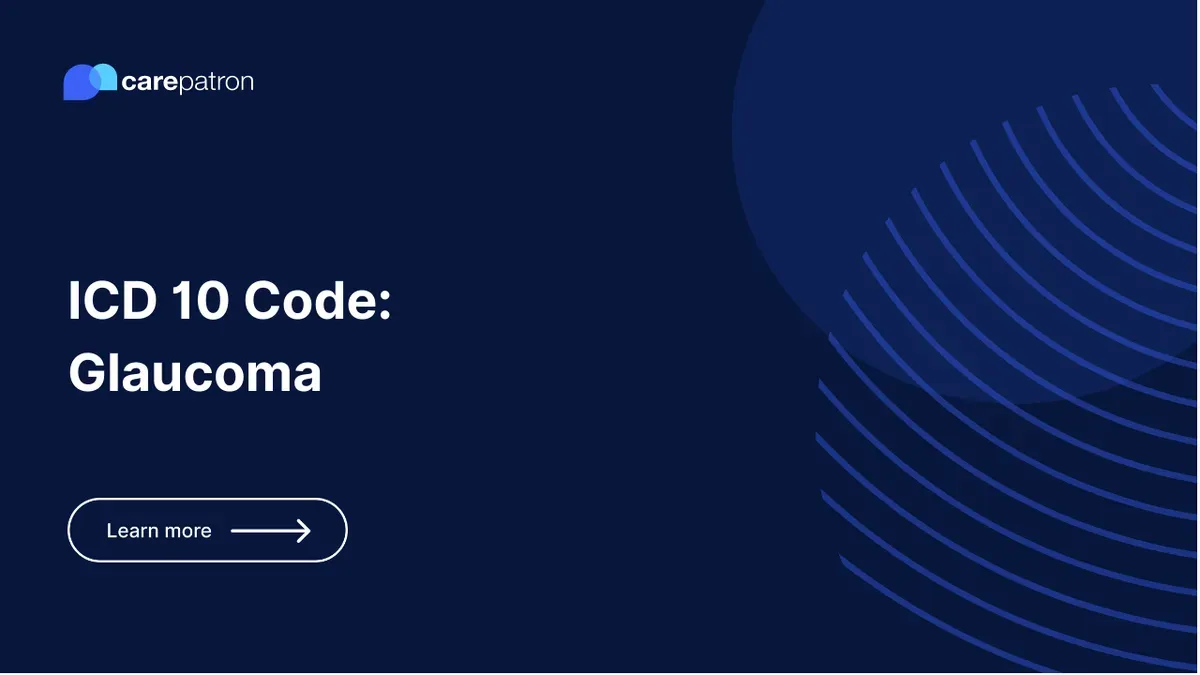
Glaucoma ICD-10-CM Codes
Check out this guide to learn about the ICD-10 codes you can use for glaucoma, if they’re billable or not, and some clinical information.
Use Code
Commonly asked questions
Yes, the aforementioned codes are billable.
You can use any of the aforementioned codes so long as you can confirm that the patient has glaucoma. Since there are different types of glaucoma, like low-tension glaucoma, pigmentary glaucoma, hypersecretion glaucoma, and more, please use one specific to the patient.
Unfortunately, there’s no way to treat it. Preventing and managing it is possible, though. It’s best to go for regular eye examinations, wear eye protection, and take prescribed eye drops.
EHR and practice management software
Get started for free
*No credit card required
Free
$0/usd
Unlimited clients
Telehealth
1GB of storage
Client portal text
Automated billing and online payments
